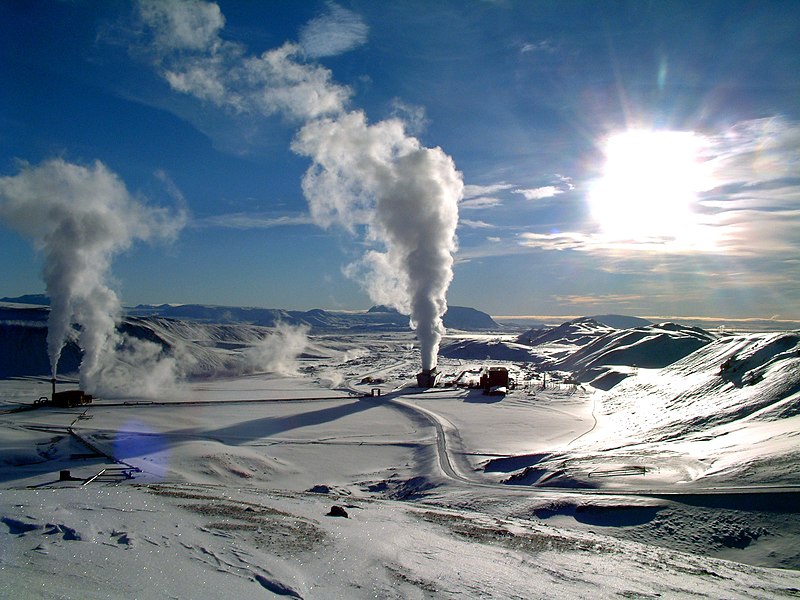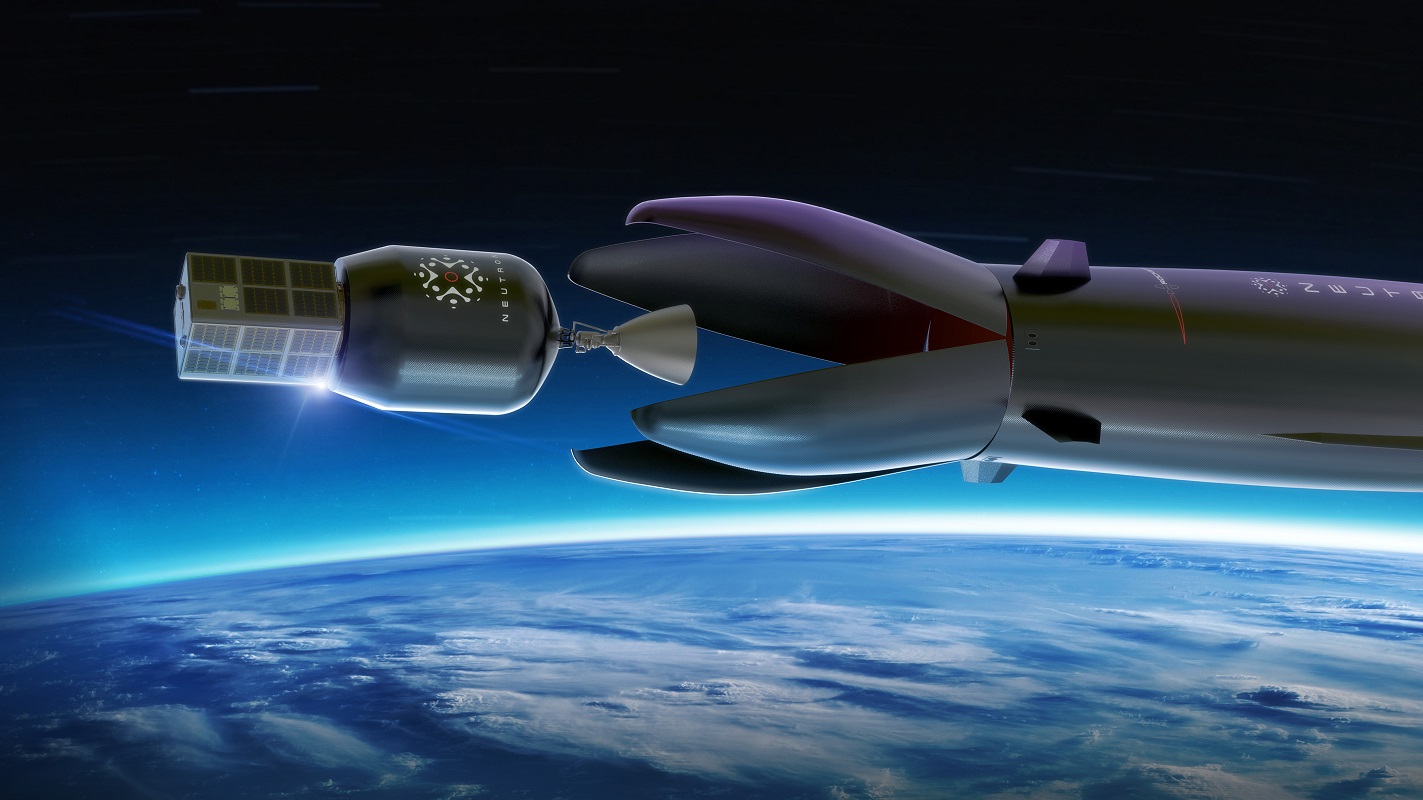Many of you might associate the concept of recycling with aluminum cans and plastic bottles, but California has stayed in the news for recycling their water to replenish their ever-short water supply. The way they have done this is, in fact, quite commendable. But after years of suffering from water shortages and droughts, the Water Board was most definitely looking to find a permanent and more reliable solution.
The severe conditions have pushed the state government to take drastic measures in finding an alternate means of water production. In this regard, the Metropolitan Water District of Southern California is in serious talks with Los Angeles County for the development of the world’s largest water recycling plant. The basic idea is to create a framework that will enable them to purify as much as 168,000 acre-feet of water per year.
This can be the turning point for the drought situation in California which has crippled the state’s water supply and has forced the government in the past to pass restriction laws on water usage. Water recycling, also known as reclamation or reuse, is an economically reliable and environmentally-friendly way to keep up with the growing population of California as the shortage of water has almost exhausted the freshwater systems. The new recycling option is now giving the state a chance to mimic the natural process of purification. It will be comprised of a treatment facility and delivery structure and could cost up to $1 billion.
The concept of water recycling is not new in California. Many companies have been trying to recycle water for use after filtration and cleansing. It’s also not a hidden fact that millions of gallons of water is being flushed into the sewerage by the coastal communities in California and keeping up with such a high demand has been difficult for the authorities.
In addition to that, the water is not clean enough to drink but can only be used for irrigation purposes. Thus, the people in California are now desperate for any alternate supply of water. In order to keep the costs down and to avoid importing water, this water recycling plant is expected to yield great long-term results for the state government.
The strain on the water system created by droughts has resulted in an exhaustion of the state’s resources. The water managers in California have tried to stretch the water supply in the past via recycling systems, but the Metropolitan Water District hopes that the new water treatment plant will be able to purify up to 150 million gallons per day, surpassing the production capacity of their southern neighbors, Orange County, which purifies as much as 130 million a gallon per day. Whether this water recycling plant can prove to be the ultimate solution or not, only time will tell.






